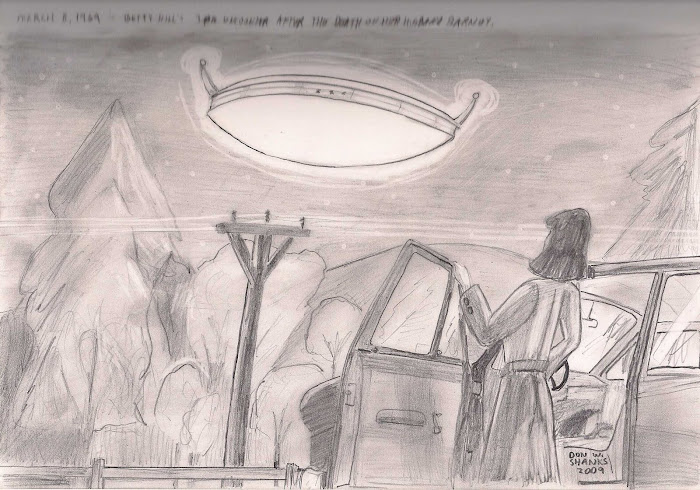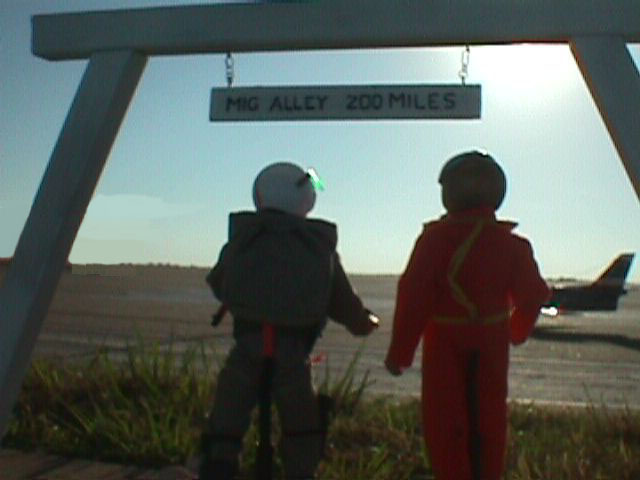
I was following a news link about how much money that NASA was getting from the Stimulus Bill when I got sidetracked to the SpaceX website. They have a pretty good animation on that page of their proposed Dragon crew capsule and a flight to the International Space Station (ISS) that you should watch. Just click on the link at the bottom to see it. Originally, I was going to write on an article on Space.com about U.S. Military, intelligence, civil and commercial space leaders coming together to urge President Barack Obama to address the problems that are plaguing the entire U.S. Space program. See that link at the bottom as well.
But getting back to the Stimulus Bill. NASA is going to be getting $400 million for exploration. Now on the SpaceX webpage, they thank Senators Mikulski and Nelson and Representative Mollohan for their support of NASA and the U.S. Commercial space transportation industry.
SpaceX had won the NASA Commercial Orbital Transportation Services (aka: COTS) program back in 2006. Recently, SpaceX demonstrated their Falcon 9 launch vehicle. First flight of a Dragon crew capsule will take place in 2009. By the end of 2010, the Dragon will make a demonstration flight and dock with the ISS. Once that is proven, SpaceX will begin operational flights to the space station thanks to being awarded the Cargo Resupply Services contract. SpaceX expects to receive between 1.6 to 3.1 billion dollars for 12 cargo flights.
Remaining hurtles for SpaceX now is to finish desiging the Dragon to NASA human rating requirements such as redundant electronics, extra structural elements for improved safety margins, and systems that can handle acceptable G-loads in all phases of flight and launch abort. On their webpage, SpaceX mentions it has designed several windows and hatches that open both inwards and outwards to ensure astronauts can exit if a pressure relief valve fails. Manned launches of the F9/Dragon combination is expected to take place by mid to late 2011.
Under current plans, the US will pay Russia $47 million per seat on a Soyuz spacecraft, for the period between the Shuttle's retirement in 2010 and the Ares/Orion system going operational by 2016. In contrast, SpaceX's F9/Dragon would run $20 million per seat. The spacecraft is totally manufactured and launched in the United States. In the end, they are projecting saving the U.S. Taxpayer nearly $2 Billion dollars.
Now we come to the plea from 'experts' worried about the United States leadership in space exploration and technology. Over on the National Space Society blog, there is a new space policy brief present by Apollo 11 astronaut Buzz Aldrin, Dr. Feng Hsu, and Dr. Ken Cox, that people need to read. Heck, I think you may need to print this out to take to work tomorrow and read it on your coffee or lunch break. That link is below as well.
This group, called the Committee for U.S. Space Leadership is worried about the U.S. Space industrial work force problems, and projected gaps in important capabilities. This nonpartisan group is hoping to get increased White House involvement on this matter. They are making broad recommendations, trying to avoid specific organizational and programmatic ones made by previous (space) panels. On a February 19, 2009 interview, Lt. General Michael Hamel, former commander of Air Force Space and Missile Systems Center in Los Angeles said, “I think there's widespread recognition that we have serious issues and challenges across the space community. What's been a little bit different about what we've tried to advocate is although we have distinctive space sectors in military, civil, intelligence, commercial, the fact is these are all highly interconnected. Many of the problems we see in one sector are paralleled in others.”
President Obama's agenda while overburdened with economy, national security, education, energy and the environmental issues, also has space issues he wants to support.
The committee made six recommendations and they were lisited on the Space.com article on the matter. They are presented here as well.
Established a White House focal point, such as a National Space Council, to set priorities, provide management oversight and coordinate decisions and actions across the departments and agencies. The council should include senior White House and cabinet-level engagement.
Assess and mitigate potential gaps in defense, intelligence and civil space capabilities. (this is where the SpaceX article I spoke about in the beginning comes in to play I think).
Consider creating a Presidential Space Advisory Board, similar to the president's Intelligence Advisory Board, to provide independent advice and outreach to the space sectors and public.
Revise national space policy to establish a strategic direction and clear priorities, and align space programs to achieve broader national objectives.
Devise a strategy to achieve these space policy goals by the end of 2009.
Assign priority to the nation's space program by linking space activities to the president's broader priorities.
I think that this just points out two separate leads pointing towards a common end point.
____
Ref. Article “Obama Urged to Tackle U.S. Space Problems” by Turner Brinton, Feb. 23, 2009. (http://www.space.com/news/090223-obama-space-system-plan.html#comments )
SpaceX web Page, ( http://www.spacex.com/cotsd.php )
National Space Society Blog article by Buzz Aldrin, (http://blog.nss.org/?p=360 )














+033.jpg)